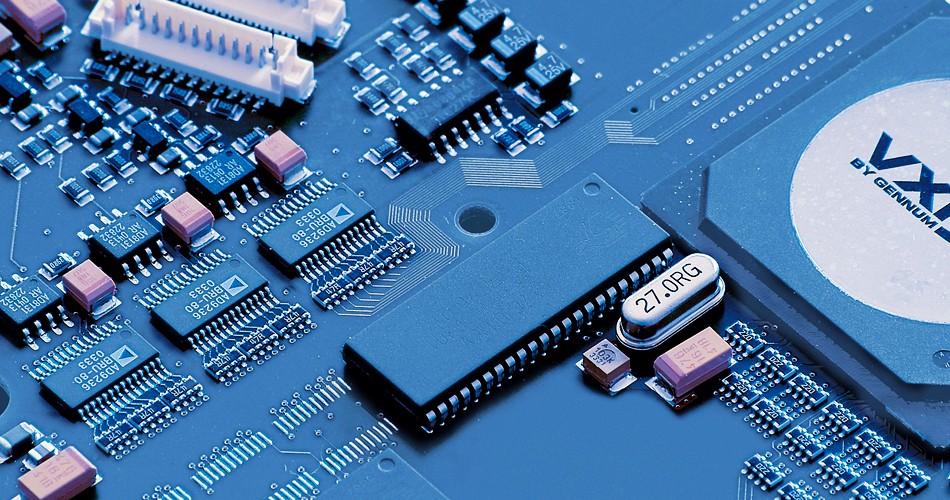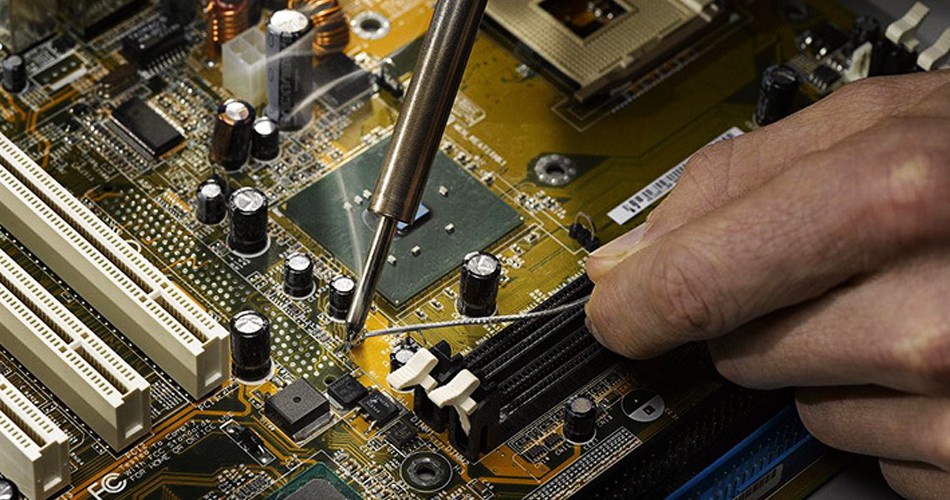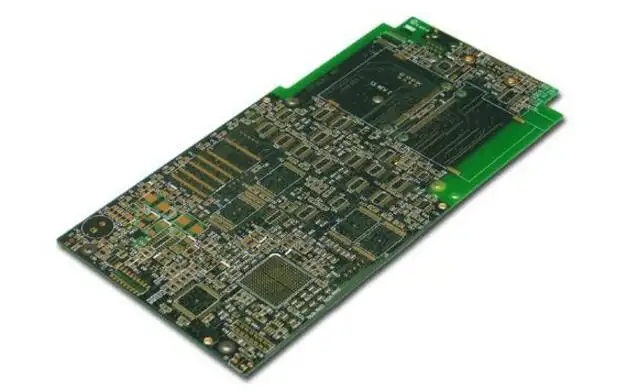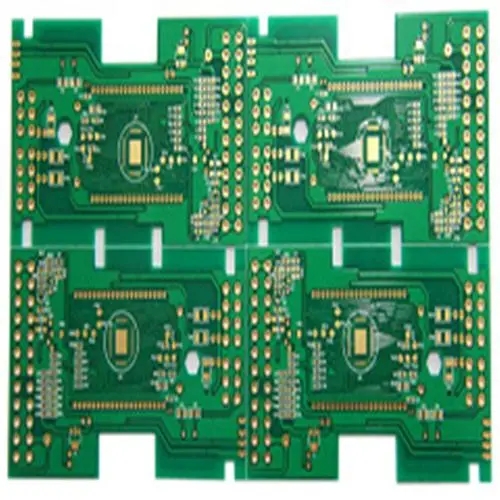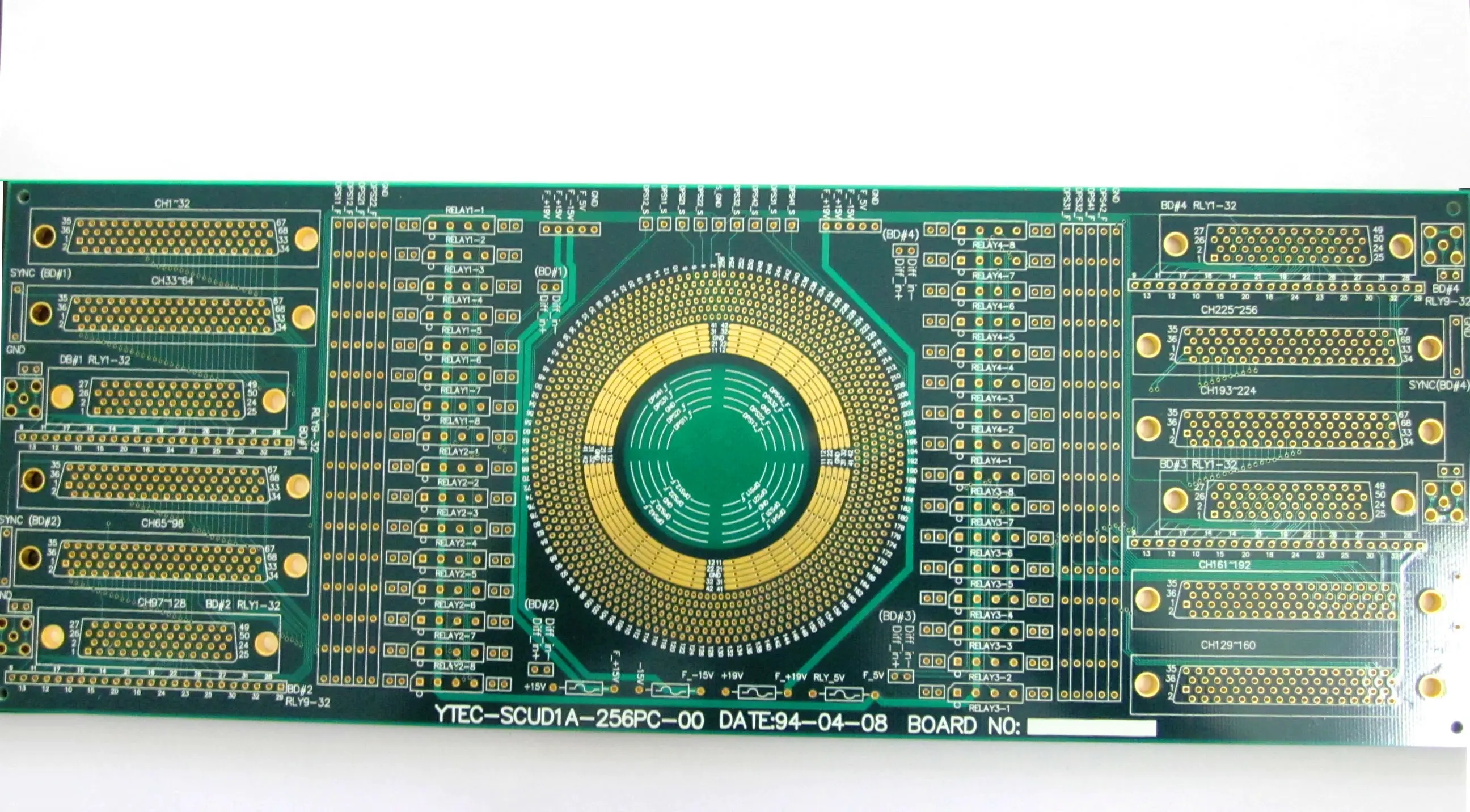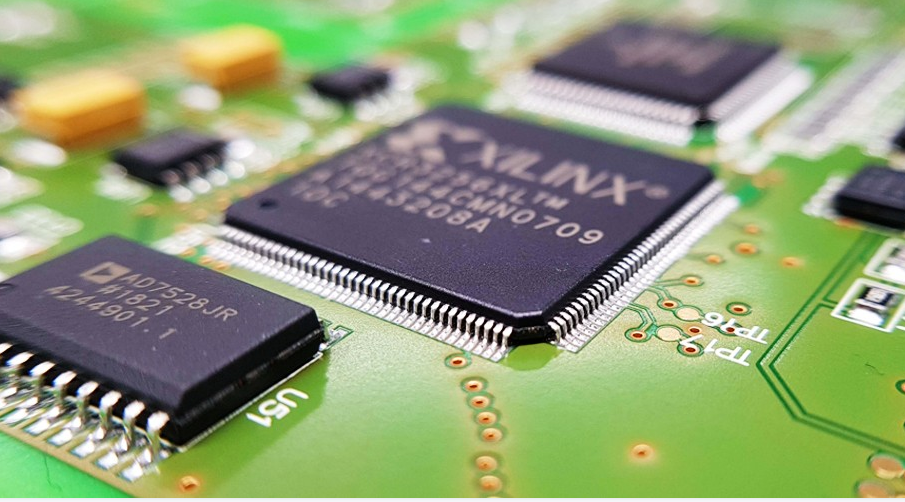
The initial manufacturing process of circuit board assembly and welding requires water washing. That is, after the board passes through "wave soldering" or "surface mount", it is finally necessary to use cleaning agent or pure water to clean off the contaminants on the board. Later, as the design of electronIC parts becomes more and more diverse and smaller, some problems gradually arise in the process of water washing, and the cleaning process of PCBA is too cumbersome, Later, it evolved into a wash free process.
The main purpose of cleaning PCB after PCB assembly (PCBA) is to remove the residual flux on PCB surface
In terms of SMT process, the biggest difference between "water washing process" and "no washing process" is that the composition of flux in solder paste is different, and wave welding process is purely the composition of furnace front flux.
This is because the main purpose of flux is to remove the surface tension and oxide of the solder to obtain a clean welding surface. The best drugs for removing oxidation are "acid" and "salt". However, "acid" and "salt" are corrosive. If they are left on the PCB surface, they will corrode the copper surface over time, causing serious poor quality.
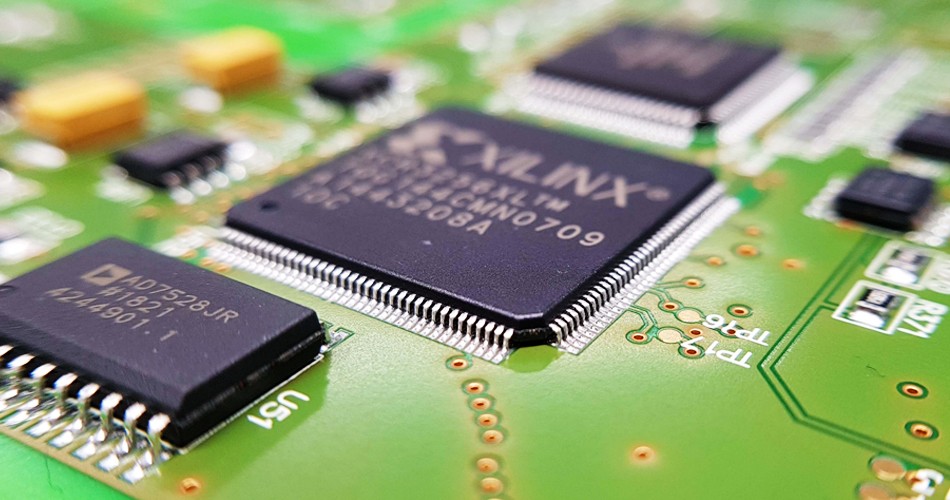
In fact, even if the boards produced by the wash free process are used, if the flux formula is improper (usually some solder pastes of unknown origin are used, or there are solder pastes with special emphasis on tin eating effect or oxide removal).
Because the soldering flux of these solder pastes usually adds weak acid) or has too much residual flux, the copper surface of the circuit board may be corroded after the solder pastes are mixed with moisture and pollutants in the air for a long time. Cleaning is necessary when there is a risk of corrosion of the board. Therefore, it does not mean that the boards in the "wash free process" do not need to be cleaned. Of course, if they can not be washed, they should not be washed. After all, washing is very troublesome.
In addition, for some special purposes, it is also required to wash the boards without washing, such as:
Those who only sell PCBA to end customers hope that the surface of the board is clean and gives customers a good appearance.
PCBA needs to increase the surface adhesion of the circuit board in the subsequent process. For example, the coating of conformal coating needs to pass the Baige test.
Or to avoid unnecessary chemICal reaction caused by solder paste residues, such as potting process.
The residual flux in the no wash process will produce micro conduction (impedance reduction) in a wet environment, especially for fine pitch parts, such as the bottom of passive components below the size of 0201, especially BGA packages with small spacing.
Because the solder joint is set at the bottom of the part, it is easy to leave too much flux, and the moisture is easy to attach to it after cooling when the temperature is not used, forming a micro conduction for a long time, causing leakage current or increasing retention current power consumption.
Therefore, whether the boards need to be washed depends on individual needs. It is important to understand why they need to be washed? What is the purpose of washing?
Type of PCBA flux
Since the biggest difference between the "water washing process" and the "no washing process" of PCBA is the flux, and the biggest purpose of water washing is to "remove the residual flux" and other pollution, we need to know what kinds of flux are.
Fluxes are basically divided into the following categories:
1. Inorganic series flux
Inorganic acids, salts and other substances (such as hydrochloric acid, hydrofluoric acid, zinc chloride, ammonium chloride) will be added to the early flux, which is calLED "inorganic flux". Because inorganic acids and salts are medium strong acids, they have very good cleaning effect, can obtain good soldering effect, and have excellent soldering performance.
However, the disadvantage is that the corrosivity is also very strong, and the soldered object can withstand the cleaning of strong acid only if it has a thicker coating or thickness than the virtual one. Therefore, strict cleaning must be carried out immediately after using this kind of "inorganic flux" to prevent it from continuing to corrode the copper foil of the circuit board, which greatly limits its practicability.
2. Organic series flux
Therefore, some people add organic acids with weak acidity (such as lactic acid and citric acid) to the flux to replace strong acids, which is called "organic flux". Although its cleanliness is not as good as that of strong acids, it can still achieve a certain degree of cleaning effect as long as the surface pollution of the solder is not too serious.
The important thing is that the residue after welding can remain on the object to be welded for a period of time without serious corrosion, but weak acid is also acid, so it must be washed after welding to avoid line corrosion and other defects.
3. Resin and rosin series flux
Because the water washing process is too troublesome, and not all electronic parts can be washed, such as buzzer, coin battery, and pogo pin, it is not recommended to wash.
Later, some people added rosin to the flux to replace the original acidic cleaner, which can also play a role in removing oxides to a certain extent. However, when rosin is monomer, its chEMIcal activity is weak, and it is often insufficient to promote the wetting of solder. Therefore, it is practical to add a small amount of active agent to improve its activity.
Another characteristic of rosin is that it is inactive in solid state and active only in liquid state. Its melting point is about 127 ℃, and its activity can last up to 315 ℃.
At present, the optimal temperature of lead-free tin welding is 240~250 ℃, which is just within the active temperature range of rosin, and its welding residues do not have corrosion problems. These characteristics make rosin a non corrosive flux and widely used in the welding of electronic equipment.
IPC-J-STD-004 defines four major fluxes according to the composition of flux: organic (OR), inorganic (IN), rosin (RO) and resin (RE).
Troubles and disadvantages of PCBA water washing process:
The so-called "water washing" refers to the use of liquid solvent or pure water to clean the boards. Because ordinary acidic substances can be dissolved in water, "water" can be used to dissolve and clean them, so it is called "water washing". However, rosin can not be dissolved in "water" when using wash free flux, so it is more necessary to use "organic solvent" to clean the boards, but it is also called "water washing", Most water washing processes use "ultrasonic" vibration to enhance the cleaning effect and shorten the time. These cleaning agents are very likely to penetrate into some electronic parts or circuit boards with small pores during the cleaning process, causing defects.
Some may cause functional failure because the liquid cannot dry after infiltration, such as reed switch, spring thimble connector (pogo pin).
Or after cleaning, the dirty things are brought into the parts to make them act improperly or contact poorly, such as buzzer, horn, microswitch, etc.
Some may be defective because they cannot withstand shock cleaning, such as button batteries.
These electronic parts that have doubts about the water washing process must be welded after water washing to avoid permanent damage during cleaning, which increases the production process. The more the production process, the easier it is to have good or bad results. This virtually wastes the production process. In addition, the welding after water washing is usually manual welding, which is difficult to control the welding quality. Therefore, it is still the same sentence "do not wash with water if you can".







